Does Sapphire Crystal Scratch?
Your watch crystal faces the world first. Every impact. Every scrape. Every mission-critical moment where failure isn't an option. When special forces operators rappel down rocky cliffs or combat divers breach hostile shores, their timepieces must withstand punishment that would destroy civilian equipment. The crystal protecting that precision movement becomes the difference between mission success and catastrophic failure.
Does sapphire crystal scratch? The short answer: yes, but it's pretty hard to scratch. The question "does sapphire crystal scratch" ranks among the most common concerns for watch buyers considering premium timepieces. Understanding why requires examining the science, history, and real-world performance that made sapphire glass the gold standard for military and luxury watches worldwide. Whether you call it sapphire glass or sapphire crystal, this real sapphire crystal technology protects precision movements in ways that watch glass alternatives simply cannot match. Praesidus watches utilize this superior crystal technology precisely because authentic military heritage demands uncompromising protection for the movements within.

Why Sapphire Crystal Matters More Than Marketing Claims
Military operations don't allow second chances. When Navy SEALs synchronize underwater demolitions or Army Rangers coordinate artillery strikes, crystal clarity and scratch resistance become matters of life and death. This operational reality drove the development of watch crystals that could survive combat conditions while maintaining perfect legibility.
The Science Behind Sapphire's Superior Hardness
Sapphire crystal represents one of the hardest materials available for watch construction. Made from synthetic aluminum oxide (corundum), sapphire ranks 9 on the mohs scale of hardness—making it one of the hardest gemstones after diamond, which is a 10. This material on earth translates directly to scratch resistance that far exceeds alternatives like mineral crystal or hesalite crystal.
Natural sapphire forms through intense geological pressure over millions of years. Synthetic sapphire recreates this process in controlled laboratory conditions, producing crystals with identical chemical structure and hardness properties. The result: watch glass that resists scratches and scuffs from virtually everything except diamond and other sapphire surfaces. When watch brands like Tissot, Seiko, and Rolex specify using sapphire crystal fitted to their premium timepieces, they're acknowledging that sapphire crystal watch construction provides unmatched protection for everyday use.
When military personnel ask "does sapphire crystal scratch," they're seeking equipment that maintains readability under the most demanding conditions. Sapphire's hardness ensures the crystal remains pristine through years of demanding use, answering their operational requirements. A single scratch on the crystal can compromise time readability during critical operations—precisely why military specifications demand materials that won't get scratched under normal use.
How Military Requirements Shaped Crystal Standards
World War II demonstrated the critical importance of readable timepieces under extreme conditions. Pilots needed clear visibility through aircraft canopies. Submariners required perfect legibility in cramped compartments. Infantry demanded watches that survived jungle warfare and desert campaigns. These operational demands pushed manufacturers toward materials that could withstand unprecedented abuse.
Early military watches used mineral glass or plastic crystals that scratched easily and clouded over time. Combat experience proved these materials inadequate for serious military use. Watch crystal options were limited until the development of synthetic sapphire for industrial applications provided a solution that met military specifications for durability while maintaining optical clarity.
Modern military specifications often require sapphire crystal for watches intended for special operations use. Elite fighting forces worldwide rely on this technology because mission success depends on equipment that performs flawlessly under pressure.
Understanding What Can Actually Scratch Sapphire Crystal
Despite marketing claims about "scratch-proof" watches, the question "does sapphire crystal scratch" has a nuanced answer: sapphire crystal can indeed be scratched. However, understanding when and how sapphire crystal scratch occurs reveals why this material dominates premium timepieces. Materials can only be scratched by harder materials of equal or greater hardness, which severely limits what can damage real sapphire crystal. However, the materials capable of scratching sapphire are extremely limited and rarely encountered in typical watch use.
The Mohs Scale Reality Check
The Mohs hardness scale provides a scientific framework for understanding scratch resistance. Materials can only be scratched by substances of equal or greater hardness. Since sapphire rates 9 on this scale, only diamond (10) and other sapphire or corundum materials can scratch it under normal conditions.
Common materials and their mohs scale of hardness ratings:
- Steel and metals like titanium: 5-6.5
- Quartz sand: 7
- Tungsten carbide: 8.5-9
- Sapphire (hardness of 9): 9
- Diamond is a 10: 10
This means that concrete, sand, keys, knives, and most everyday materials cannot scratch a sapphire crystal. However, industrial diamond tools, tungsten carbide cutting implements, or other sapphire surfaces can damage the crystal if sufficient force is applied. Like diamonds and other hardest gemstones, sapphire remains resistant to scratches from common materials but can still be scratched by harder materials under extreme conditions.
Real-World Scratch Sources for Sapphire
While sapphire is highly scratch resistant, those asking "does sapphire crystal scratch" should understand that certain situations can compromise even these hardy crystals. Diamond rings or jewelry can scratch sapphire if rubbed against the watch crystal with sufficient pressure. Some industrial abrasives contain diamond particles that could damage sapphire. Options like tungsten carbide tools approach sapphire's hardness and might cause scratches under extreme conditions.
More commonly, sapphire crystals suffer damage from impacts rather than scratches. A sharp blow against a hard surface can chip or crack sapphire, particularly at the edges where the crystal meets the bezel. This impact damage appears similar to scratching but results from fracture rather than abrasion. Even pieces are scratched rarely when it's sapphire—most damage comes from impacts that would affect any watch with a sapphire crystal fitted to the case.
Professional watchmakers report that genuine scratches on sapphire crystals are extremely rare, which explains why the question "does sapphire crystal scratch" often receives conflicting answers on forums like Quora. Most apparent "scratches" on sapphire prove to be damage to anti-reflective coatings applied to the crystal surface rather than the sapphire itself.
The Anti-Reflective Coating Vulnerability
Modern sapphire crystals typically feature anti-reflective (AR) coating to reduce glare and improve legibility. This coating, while enhancing optical performance, creates a vulnerability that many watch owners mistake for sapphire damage. The ar coating on the outside surface provides maximum anti-glare benefits but remains more vulnerable than coatings applied internally.
AR coating consists of multiple thin layers applied to the crystal surface. These coatings are significantly softer than the underlying sapphire and can be scratched by materials that wouldn't affect the crystal itself. Keys, sand, or metal objects can damage AR coating while leaving the sapphire beneath completely intact. When AR coating gets damaged, you can buff out minor scratches, but deep damage may require professional attention or a new crystal installation.
Military watch enthusiasts often prefer crystals with AR coating on the inside surface only, protecting the coating from external damage while maintaining anti-glare benefits. This approach sacrifices some optical performance for enhanced durability—a classic military trade-off prioritizing function over refinement.

Sapphire vs. Mineral Glass: The Performance Gap
The choice between sapphire and mineral glass represents a fundamental decision about watch durability and long-term performance. Understanding the differences helps explain why premium military-inspired timepieces consistently specify sapphire crystal. Many watch brand comparisons highlight how mineral glass scratch resistance pales compared to sapphire's superior protection.
Mineral Glass Limitations in Demanding Environments
Mineral glass, despite chemical strengthening processes, rates only 5-6 on the mohs scale of hardness. This moderate hardness makes mineral glass vulnerable to scratches and scuffs from common materials like sand, concrete, and metal objects. While mineral glass offers acceptable performance for casual wear, it cannot match sapphire's resistance to daily abuse. The mineral glass scratch vulnerability becomes particularly evident in active environments where harder materials are frequently encountered.
Watches with mineral glass crystals show wear quickly in active environments. Beach sand contains quartz particles that easily scratch mineral glass. Construction sites, military training facilities, and outdoor adventures all present materials harder than mineral glass that will mark the crystal surface. Even scratches on plexiglass and mineral glass accumulate faster than most owners expect in demanding conditions.
The cumulative effect of many small scratches significantly reduces legibility over time. What begins as minor surface marks eventually creates a hazy, difficult-to-read crystal that compromises the watch's primary function. For military personnel whose lives depend on accurate timekeeping, this degradation is unacceptable.
Sapphire's Long-Term Value Proposition
Watch enthusiasts frequently ask "does sapphire crystal scratch" when considering long-term investments. Collectors researching vintage timepieces often wonder "does sapphire crystal scratch" when evaluating long-term value. Sapphire crystal maintains optical clarity throughout decades of use, directly addressing this concern. The material's hardness ensures that normal wear cannot compromise the crystal's transparency or legibility. This longevity makes sapphire particularly valuable for watches intended as lifetime instruments rather than disposable accessories.
For collectors and enthusiasts, sapphire crystal preserves a watch's value over time. Vintage watches with original sapphire crystals remain as readable today as when first manufactured. Conversely, watches with scratched mineral glass often require crystal replacement to restore their functionality and appearance. When pieces are scratched beyond repair, they may need to replace the crystal entirely.
The initial cost premium for sapphire crystal proves economical over extended ownership periods. Crystal replacement services charge significant fees, and finding period-correct replacement crystals for vintage watches can be challenging. A skilled jeweler may charge hundreds for sapphire crystal replacement, especially for domed sapphire crystals that require precise fitting. Sapphire's durability eliminates these concerns while ensuring consistent performance.
Maintaining Sapphire Crystal Perfection
While sapphire crystal requires minimal maintenance compared to softer alternatives, proper care extends its life and preserves optical clarity. Military-grade maintenance practices ensure reliable performance in demanding conditions.
Daily Care for Scratch-Resistant Crystals
Many owners wonder "does sapphire crystal scratch" during routine maintenance. For those wondering "does sapphire crystal scratch" in daily use, regular cleaning maintains sapphire crystal clarity without risking damage. Soft cloth wiping removes salt, sweat, and environmental contaminants that could affect legibility. Unlike mineral glass, sapphire withstands more aggressive cleaning without fear of introducing micro-scratches. Products like Polywatch work well for mineral glass but aren't necessary for sapphire's superior hardness.
Avoid harsh chemicals that might damage gaskets or case materials, but sapphire itself resists chemical attack from most substances encountered in normal use. The crystal's hardness means that reasonable cleaning pressure won't cause damage, unlike softer crystal materials that require delicate handling.
When operating in sandy or dusty environments, rinse the watch with fresh water to remove abrasive particles before wiping. While these particles cannot scratch sapphire, they might damage softer case materials or accumulate in case joints where they could affect water resistance. Proper care ensures your watch with a sapphire crystal maintains its pristine appearance and that items transported in contact with the watch won't cause unnecessary wear.
Professional Maintenance and Crystal Replacement
Despite sapphire's durability, impacts can chip or crack even the hardest crystal. Professional watchmakers can replace damaged sapphire crystals, though the process requires specialized tools and expertise. The crystal's hardness that provides scratch resistance also makes it challenging to work with during replacement. Some watches feature domed sapphire or dome-shaped crystals that require particularly precise installation techniques.
Quality sapphire crystal replacement maintains the watch's water resistance and optical performance. However, replacement costs often exceed those for mineral glass due to material expenses and installation complexity. This cost differential reinforces the value of protecting sapphire crystals from impact damage through careful handling. When you must replace the crystal, ensure the jeweler sources genuine sapphire rather than inferior substitutes.
Some military and dive watches feature sapphire crystals with specific treatments or shapes that may be difficult to source for replacement. Praesidus timepieces specify standard sapphire crystal dimensions to ensure long-term serviceability while maintaining authentic military aesthetics.

Why Military Heritage Demands Sapphire Protection
Authentic military watches earned their reputation through performance when failure meant more than inconvenience. The progression from basic mineral glass to premium sapphire crystal reflects the evolution of military equipment standards and the understanding that superior materials enable superior performance.
Combat-Proven Crystal Technology
When special operations personnel ask "does sapphire crystal scratch" regarding mission-critical equipment, modern military forces specify sapphire crystal for watches intended for special operations, aviation, and maritime use. This specification results from extensive field testing that demonstrated sapphire's superior performance under combat conditions. When equipment failure can compromise missions or endanger lives, only the most reliable materials meet military standards.
The transition to sapphire crystal in military watches paralleled similar material upgrades throughout military equipment. Just as body armor evolved from steel to advanced ceramics, watch crystals progressed from basic glass to synthetic sapphire. These improvements reflect the military's continuous pursuit of equipment advantages that enhance operational effectiveness.
Combat veterans consistently report that watches with sapphire crystals maintain readability throughout extended deployments, effectively answering "does sapphire crystal scratch" through real-world performance data. Those asking "does sapphire crystal scratch" in military contexts receive validation through combat-proven performance that demonstrates sapphire's superiority for demanding applications. These timepieces can still be scratched under extreme conditions, but normal military use rarely produces visible damage to properly installed sapphire crystals.
The Legacy You Wear
Choosing a watch with sapphire crystal connects you to the engineering excellence that protects those who serve in harm's way. The same technology that ensures mission-critical timing for special operations forces provides reliable performance for civilian adventures, professional challenges, and daily wear.
Quality military-inspired watches like those in the Praesidus collection utilize sapphire crystal not for marketing appeal but for functional necessity. These timepieces honor military heritage by maintaining the performance standards that made their predecessors legendary among service members worldwide.
When you understand that sapphire crystal does scratch—but requires extraordinary conditions to do so—you appreciate why this material became essential for watches that must perform when everything depends on precise timekeeping. Those who initially ask "does sapphire crystal scratch" discover that the answer reveals more than material properties. The crystal protecting your watch face carries forward the legacy of innovation driven by military necessity and proven through combat experience.
The answer to "does sapphire crystal scratch?" reveals more than material properties. For anyone asking "does sapphire crystal scratch," the answer demonstrates how military requirements continue shaping civilian equipment, ensuring that the watches we wear today benefit from lessons learned by those who needed the very best when their lives depended on it.


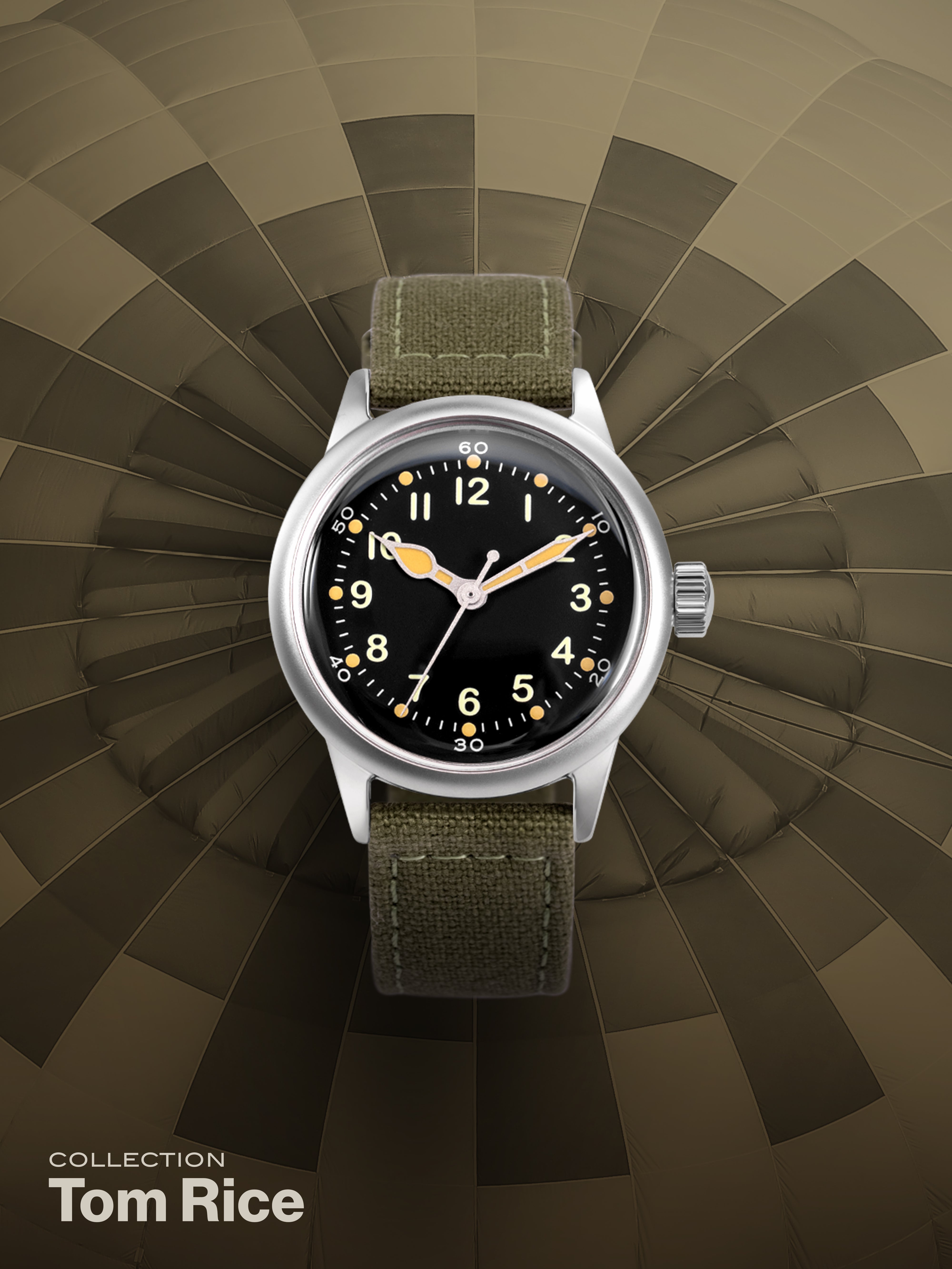
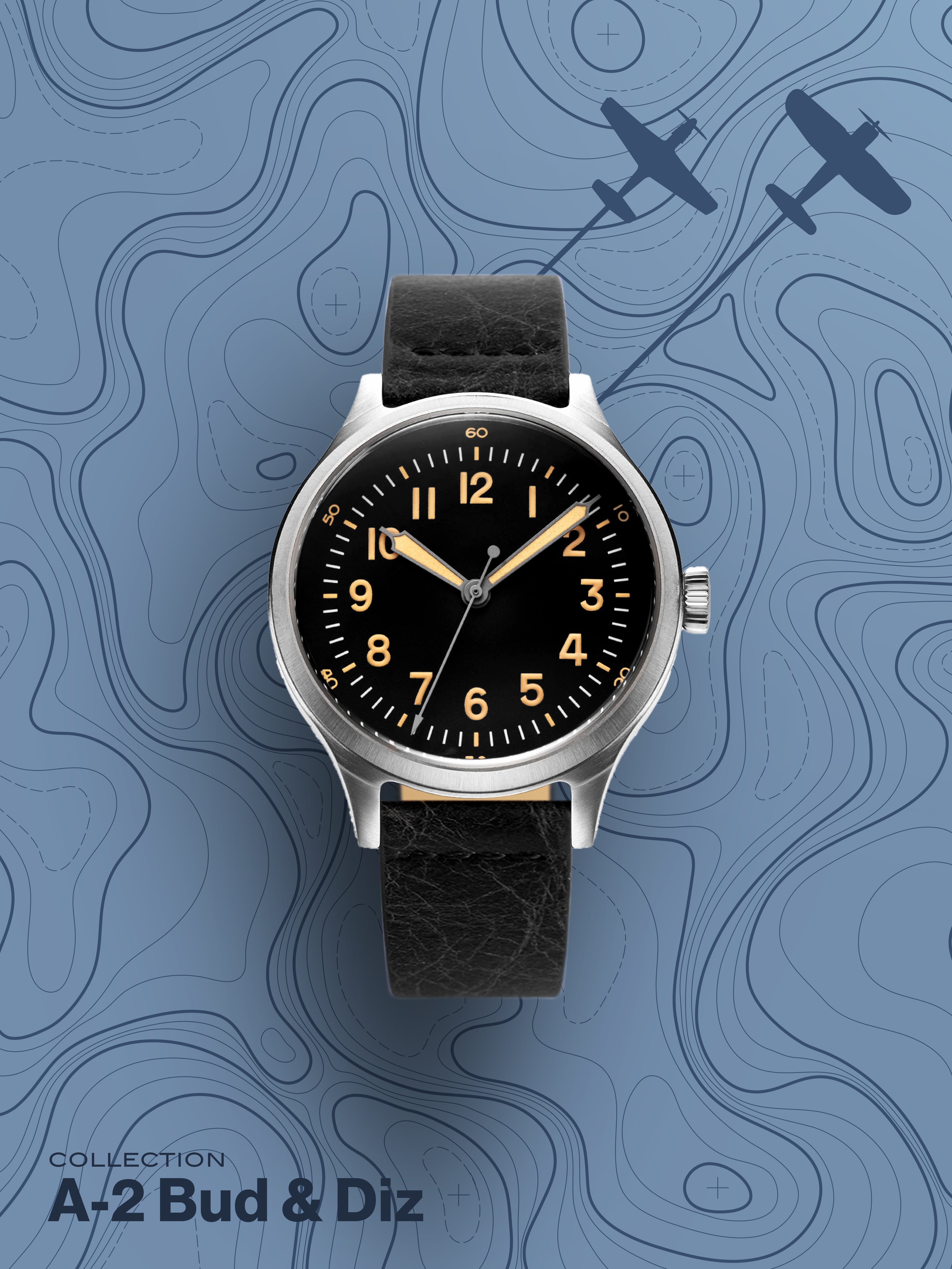
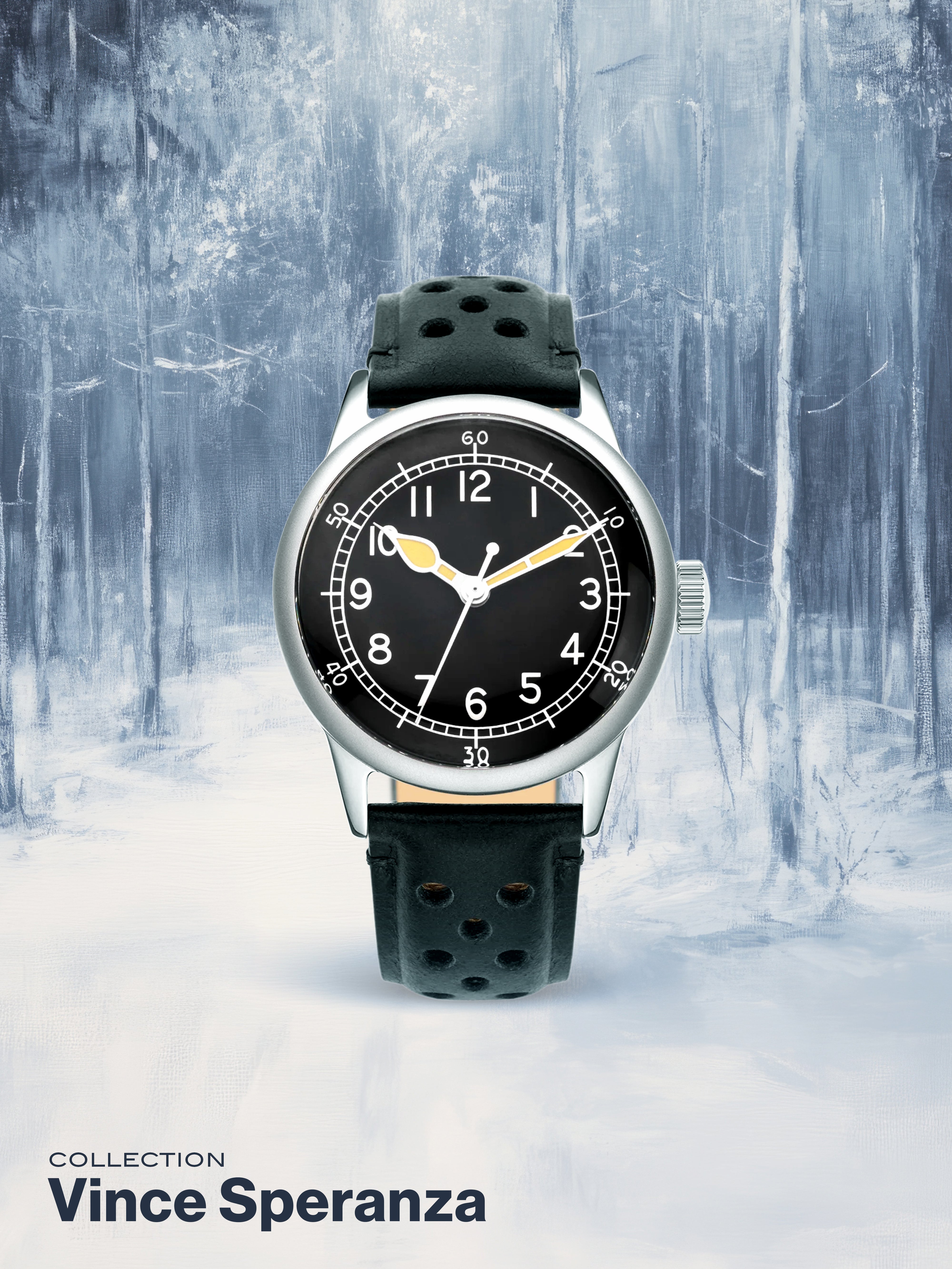
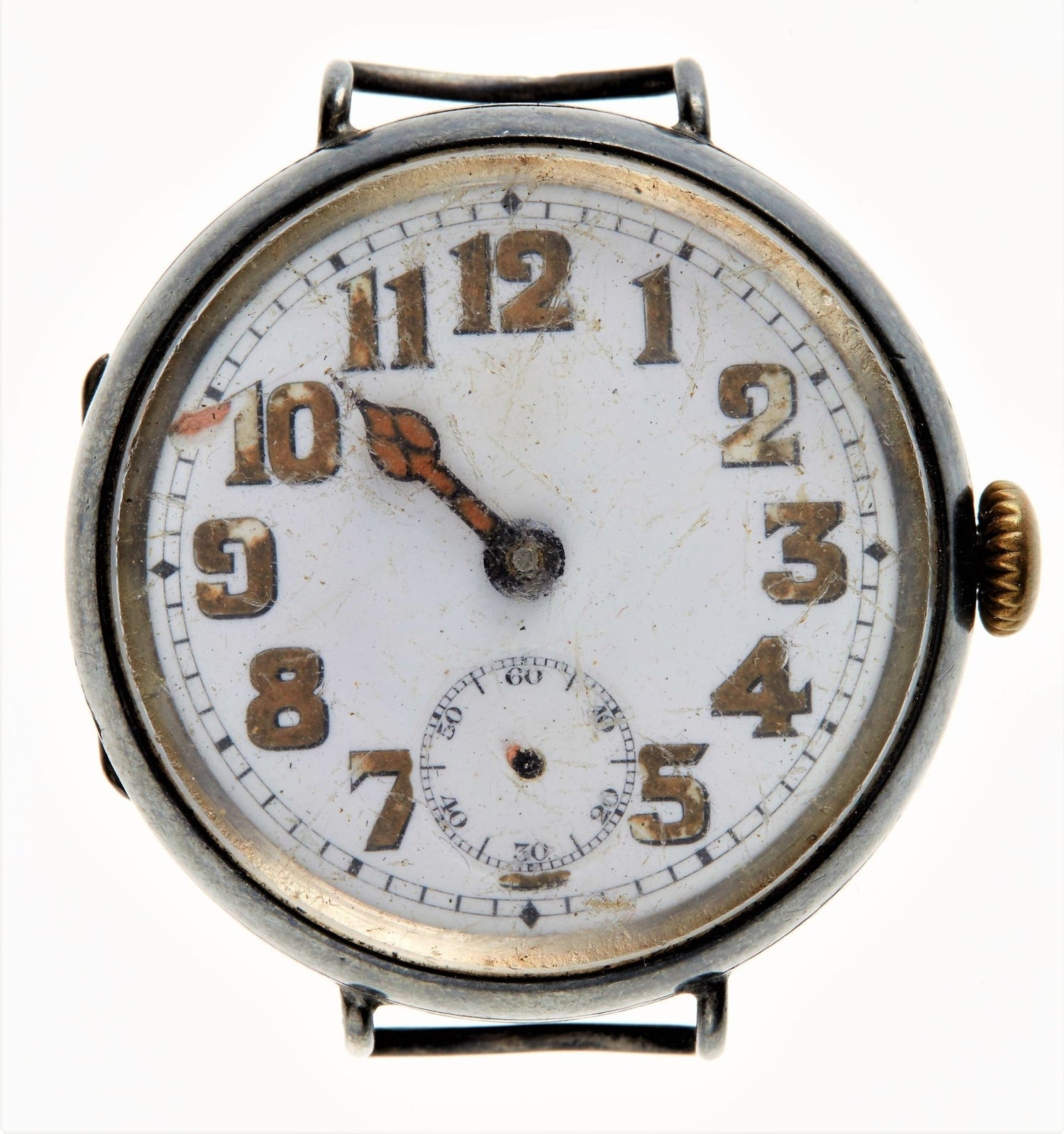
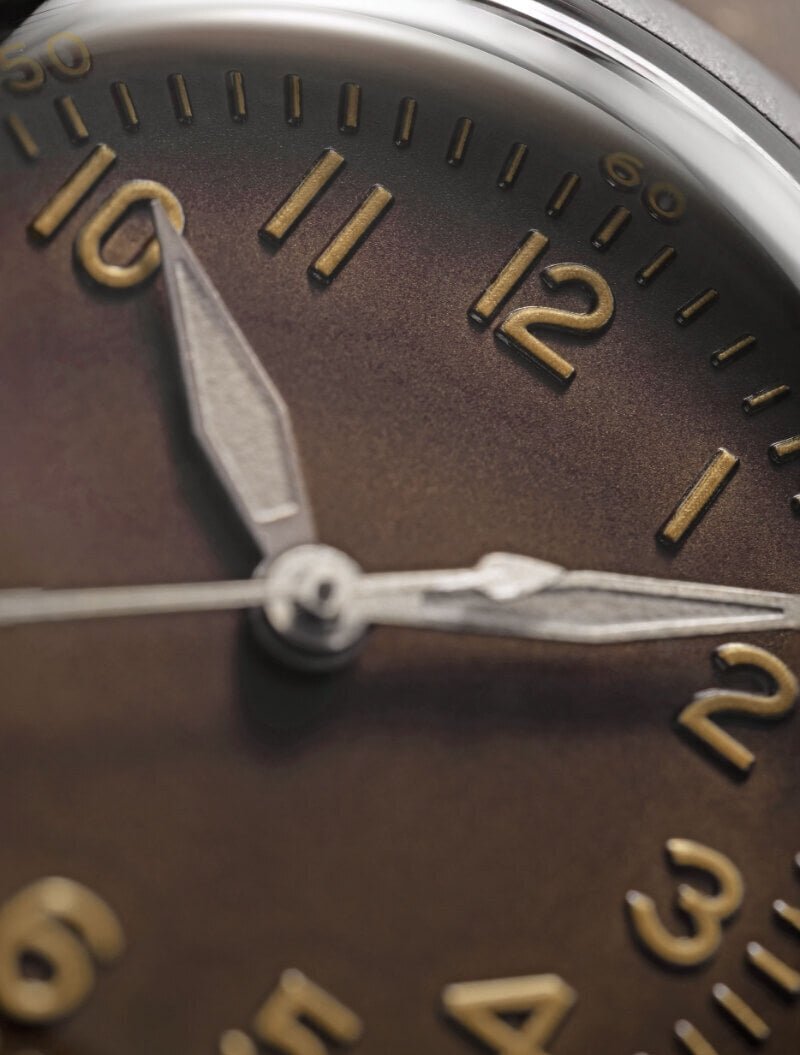

Leave a comment
This site is protected by hCaptcha and the hCaptcha Privacy Policy and Terms of Service apply.